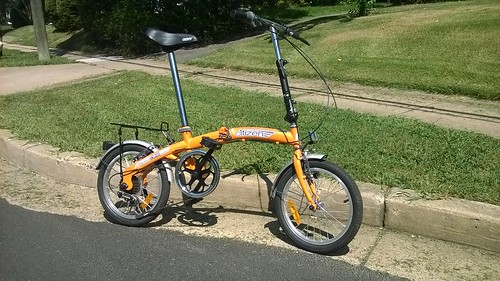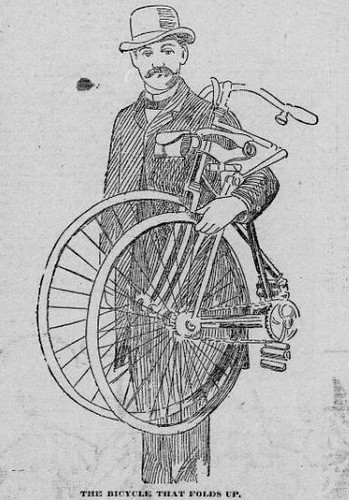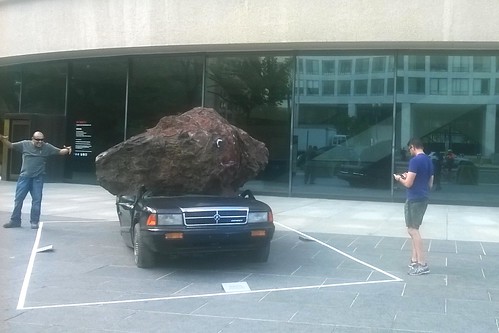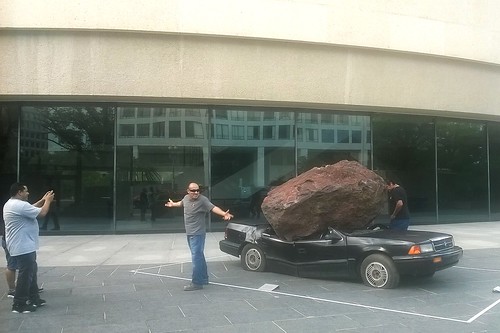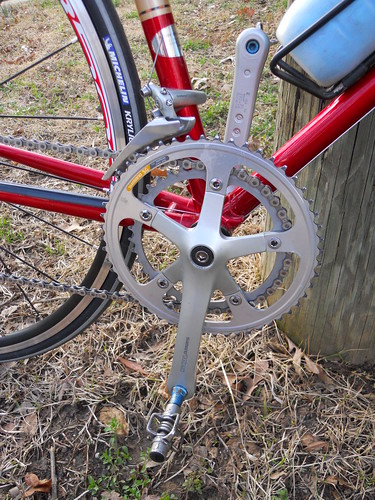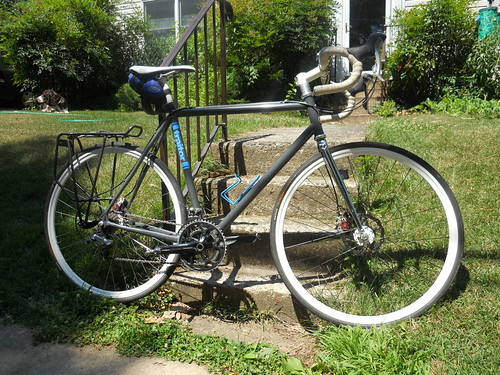 The Ultimate Bicycle Owner's Manual: The Universal Guide to Bikes, Riding, and Everything for Beginner and Seasoned Cyclists
The Ultimate Bicycle Owner's Manual: The Universal Guide to Bikes, Riding, and Everything for Beginner and Seasoned Cyclists by
Eben Weiss
My rating:
2 of 5 stars
Some years ago I did occasional thumbnail book reviews for "Library Journal" - they had to be 150 words or less yet somehow explain the author's credentials, who the audience for the book was, what its purpose was and whether it was achieved, and finally a kind of thumbs up/thumbs down for other librarians ("suitable for large public library collections that insist on having very book about cycling for God knows what reason" - except that would take up too much of the allotted 150 words).
I have read Mr. Snob's previous three books. I used to read his blog, but at some point I felt it was repeating itself. And his books sort of seemed headed in that same direction, of making slightly reworded versions of the same jokes/anecdotes over and over.
I was surprised that he decided to right a how-to-own-a-bike book and acquired a reading copy from the local public library.
The decisions that authors and/or publishers make about titles tell you a bit about their hopes for book sales. In this case, what are we supposed to get out of
The Ultimate Bicycle Owner's Manual: The Universal Guide to Bikes, Riding, and Everything for Beginner and Seasoned Cyclists? Well, that this is the bestest book ever for solving any information need we could have related to cycling - that this book is suitable for purchase by everyone and everyone (and also public libraries, don't forget them).
I would contrast this with the chosen-at-random off a library shelf
Everyday Bicycling: Ride a Bike for Transportation (Whatever Your Lifestyle) by Elly Blue. Mr. Snob's book attempts to provide everything for everyone in 240 pages while Ms. Blue takes about half as many pages to cover a subject I would guesstimate to be about one-tenth as extensive as Mr. Snob's.
Not only that, Ms. Blue has both foreward and an introduction in which she talks a bit about herself and what she is trying to do with this book, what she hopes you get out it. Mr Snob by contrast jumps right in with chapter one, "obtaining a bike" - you were apparently given as much information about who this book is for in the title.
I didn't find this book particularly illuminating as a "seasoned cyclist" myself (by which I guess I mostly mean old) and was a little sad (or something) when it became clear that Mr. Snob wasn't able to work much humor into this (although not much surprised). It is somewhat difficult hard to put myself in the place of a beginning cyclist, but I don't think they would find this particularly helpful either, since it is highly abbreviated in its coverage of most of the many topics it hurries through.
I was surprised, my public library system purchased three copies of his earlier books but they seem to have decided that one copy of this one is sufficient. Perhaps the selection people at Arlington Public Library somehow figured out the unlikeliness of successful one-size-fits-all book on all aspects of cycling for all types of cyclists in 240 pages.
View all my cycling book reviews

